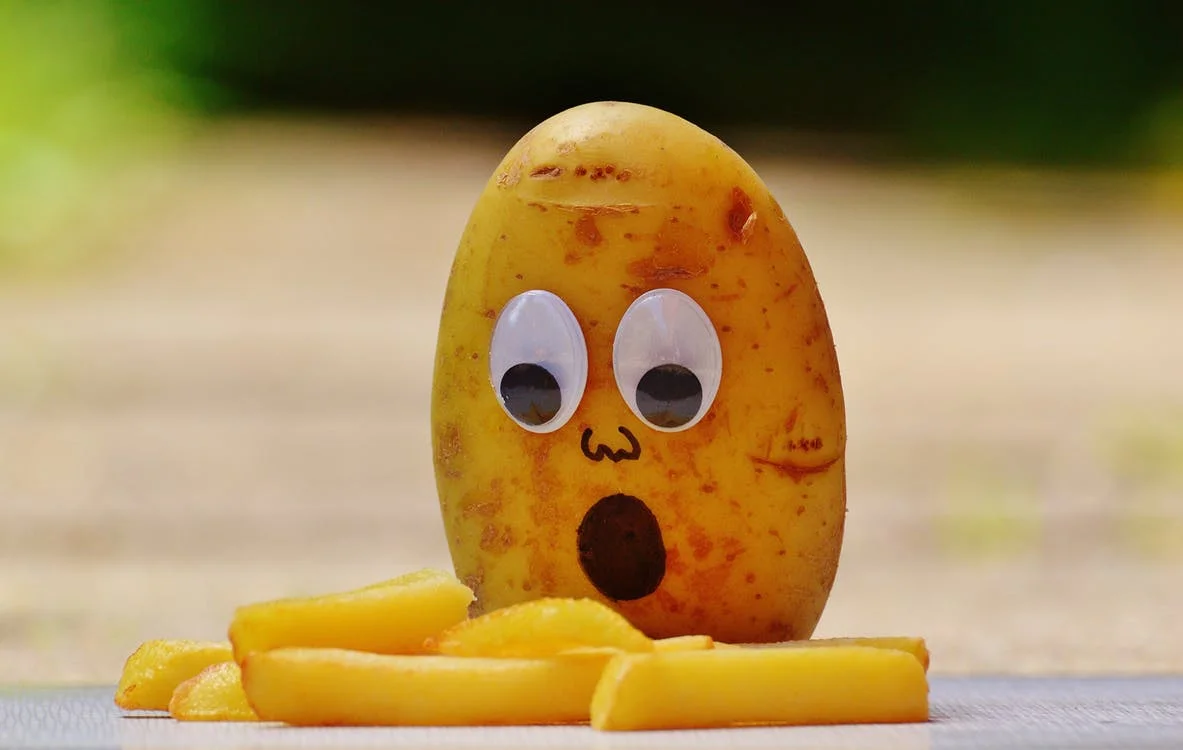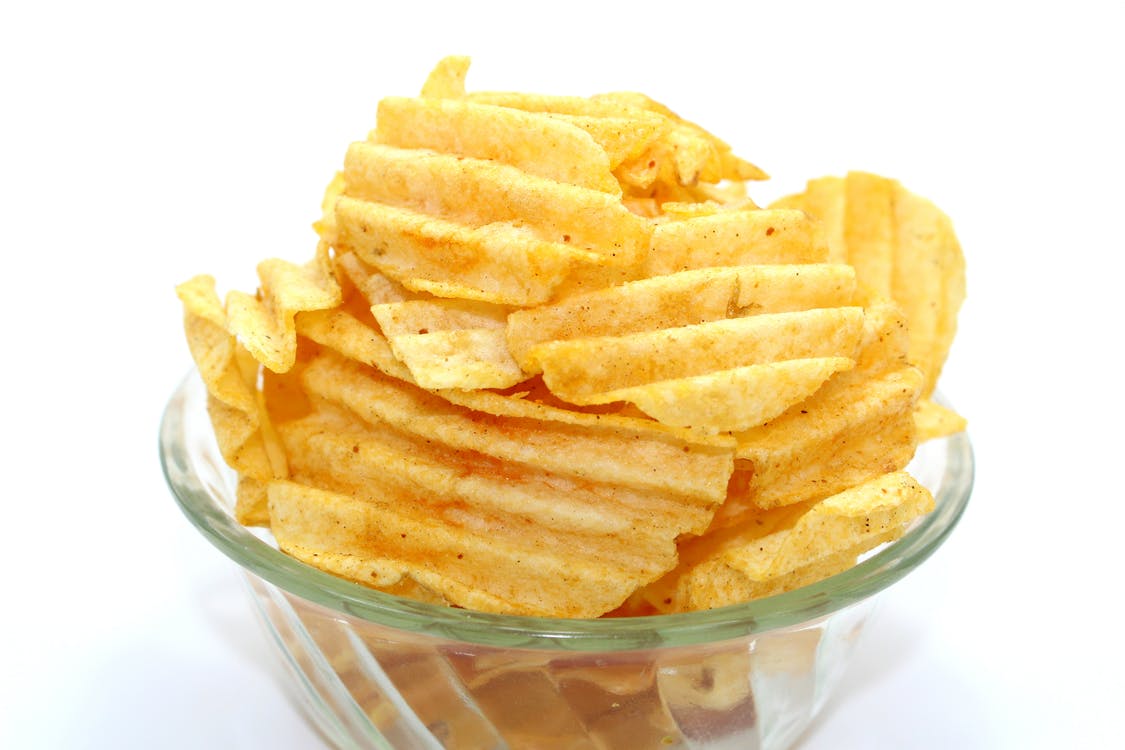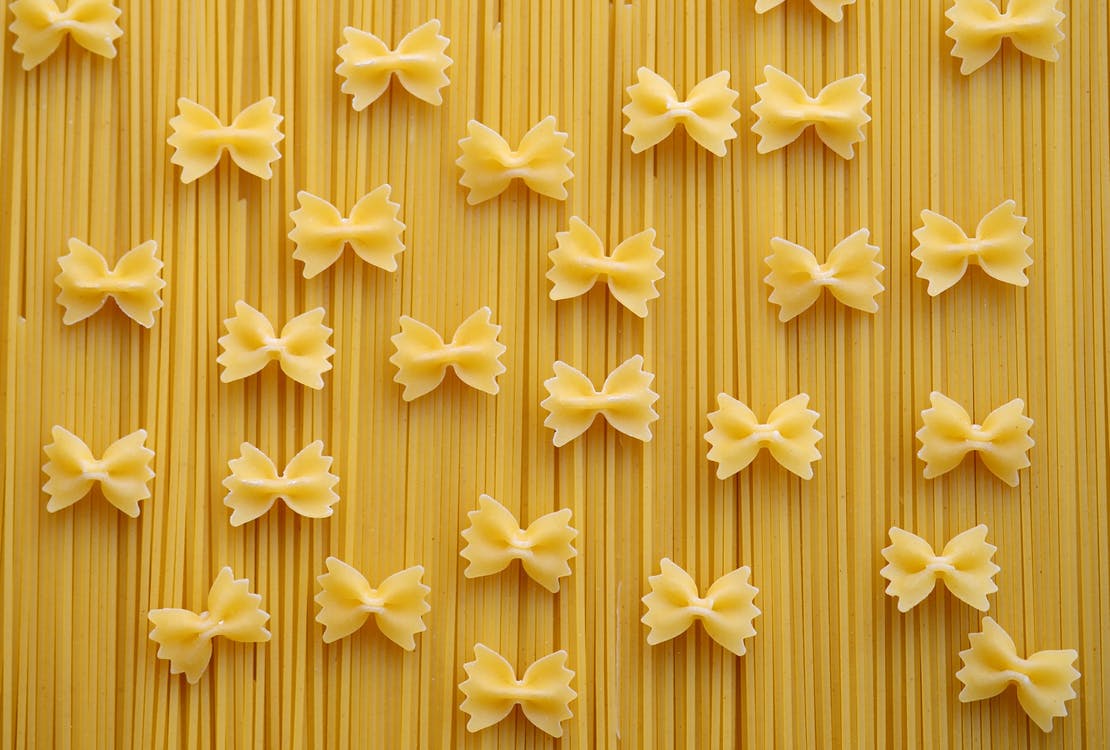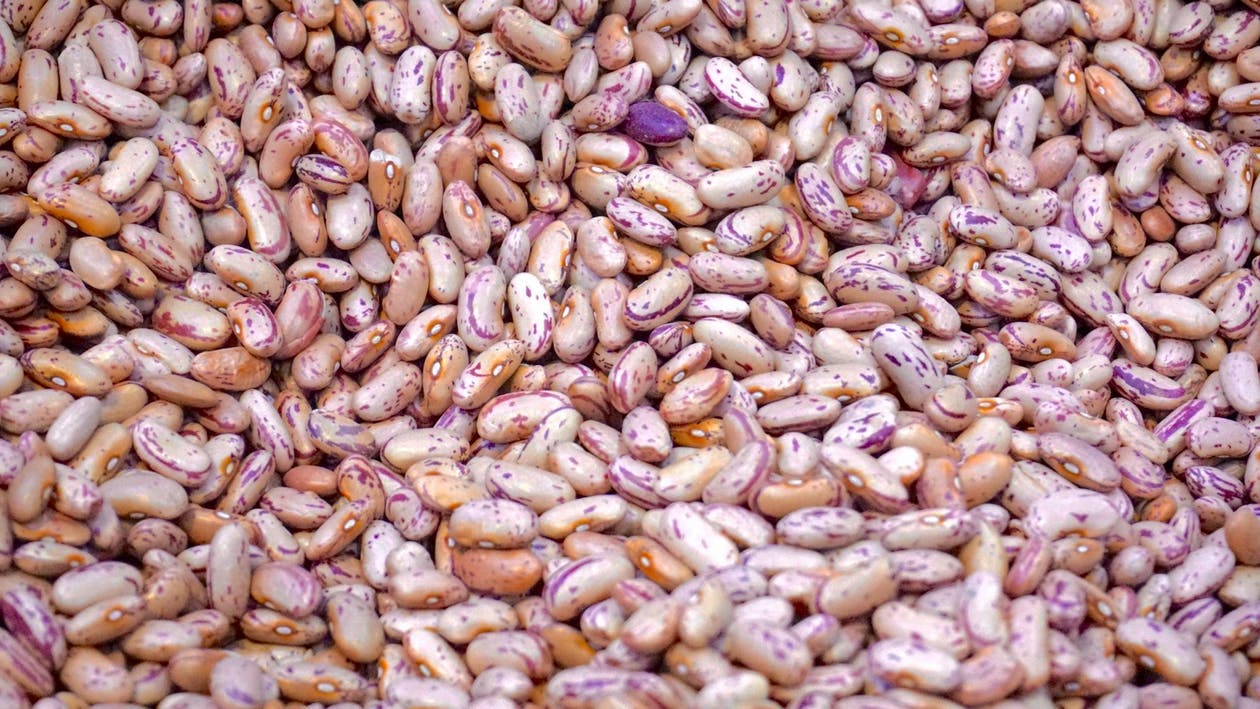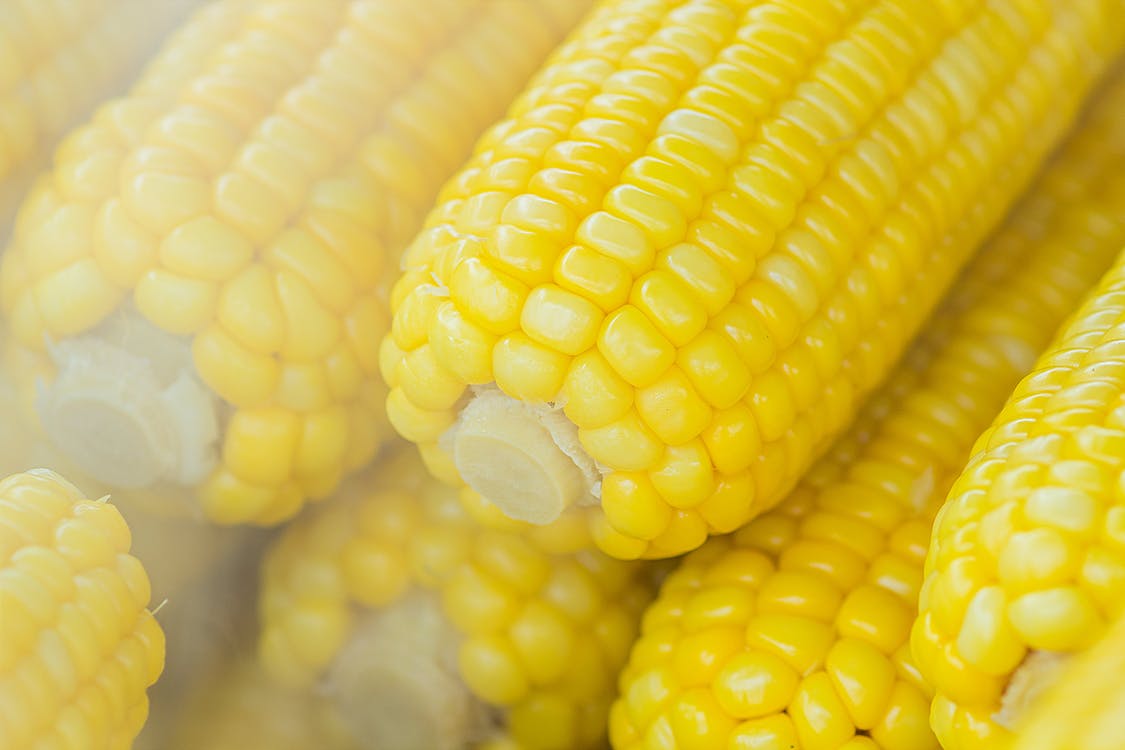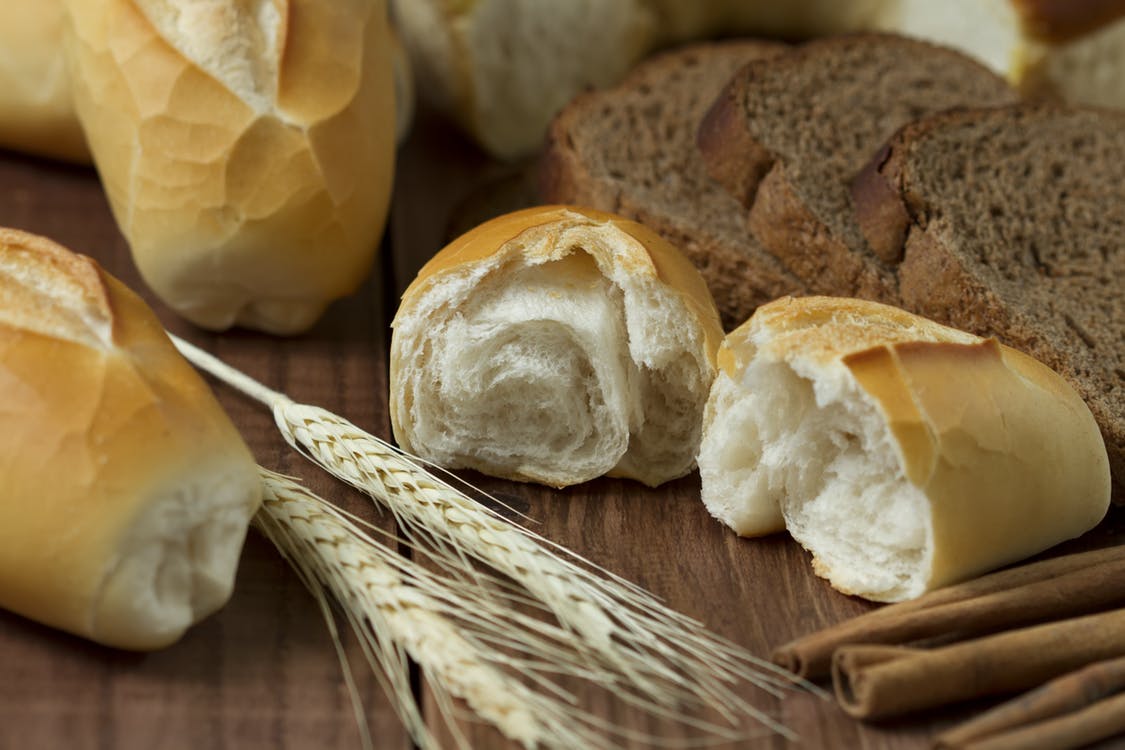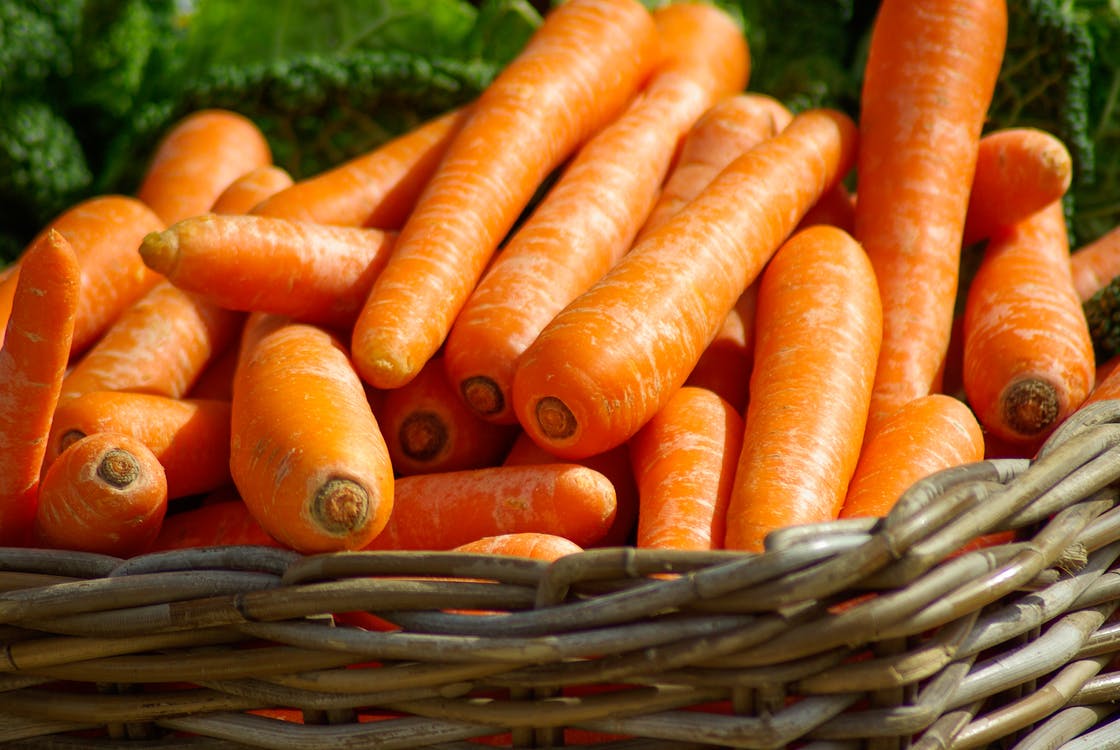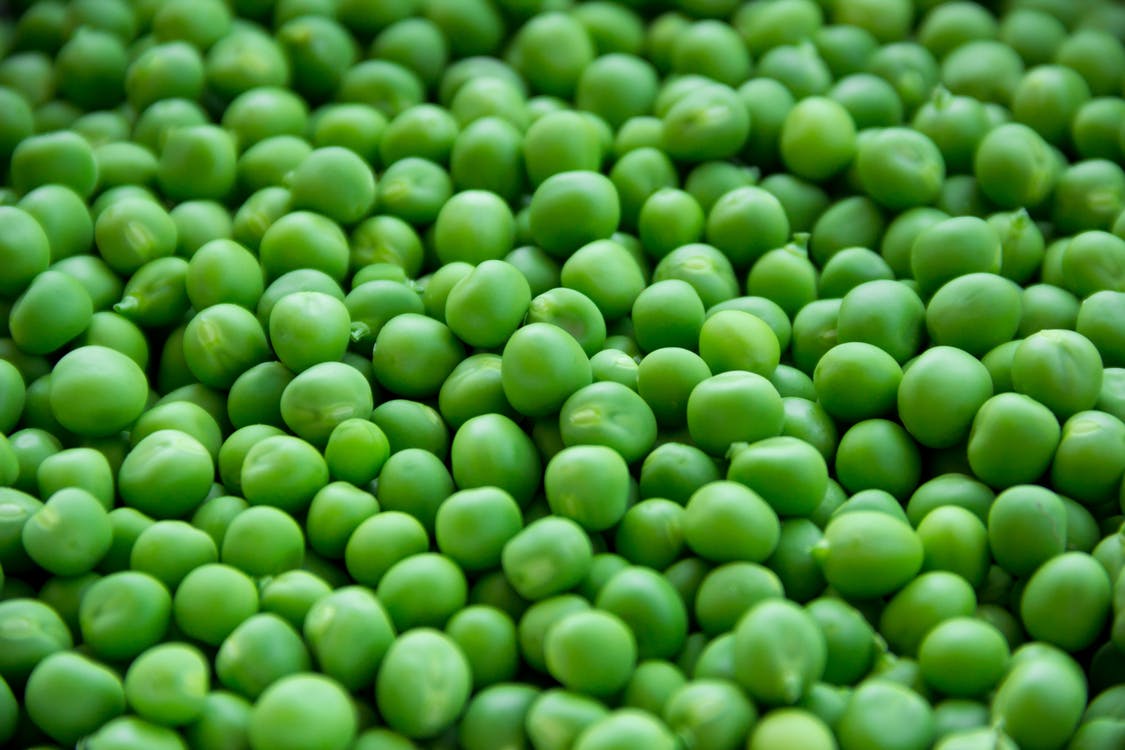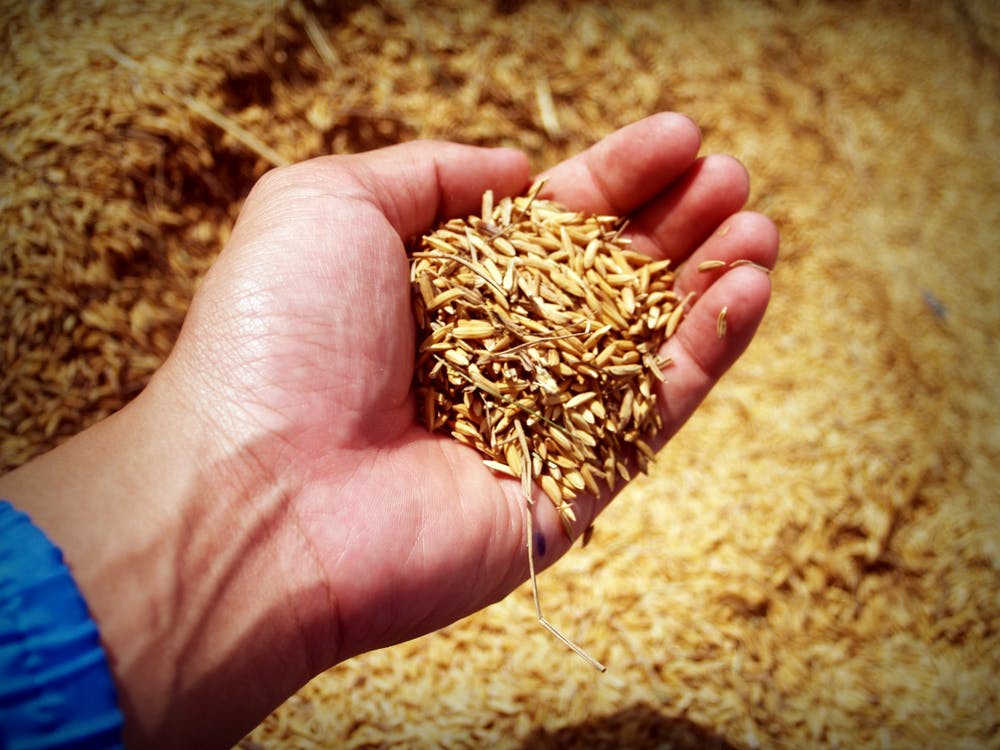SINGLE ARM CABLE CHEST PRESS
Set your cable handle just above the shoulder height. Grab the handle and step forward with the opposite leg. Bring the chest up and tuck the tailbone. Begin to push the handle forward to complete the press.
* Do not rotate the torso
* Keep the chest up and core tight












